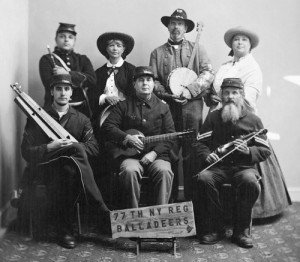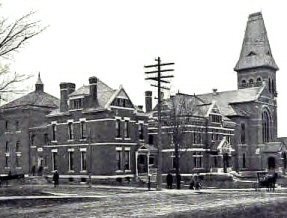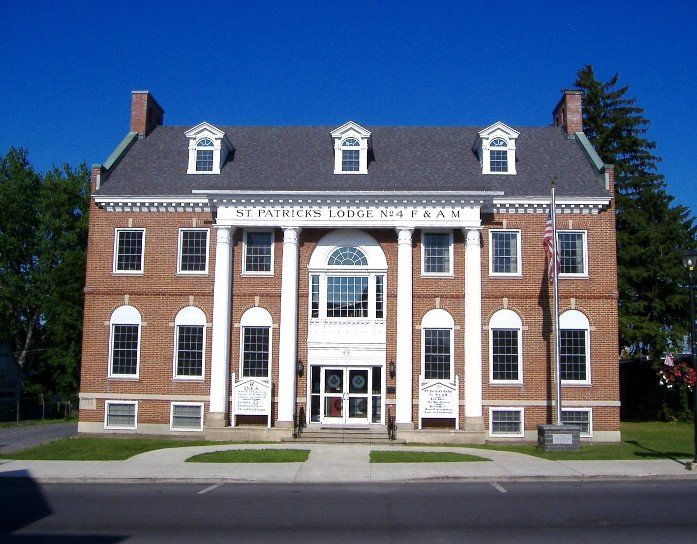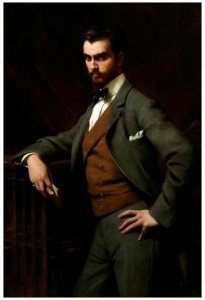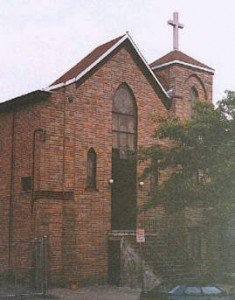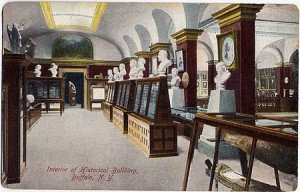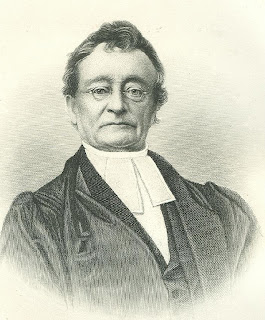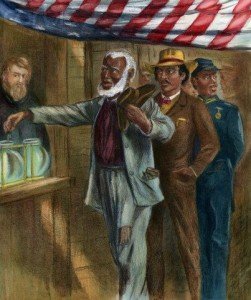 In 1846, New York voters rejected equal voting rights for black males by a wide margin —- 71% to 29%.
In 1846, New York voters rejected equal voting rights for black males by a wide margin —- 71% to 29%.
This rejection helped persuade Gerrit Smith to start his Timbuctoo colony in the Adirondacks. His idea was to get free blacks land enough to meet the $250 property requirement. (All property requirements were abolished for white males.)
Meanwhile, voters in some parts of New York did support equal voting rights, and voted to end the property requirement that kept more than 90% of free black men from voting.
The North Country showed the strongest support. Read more
